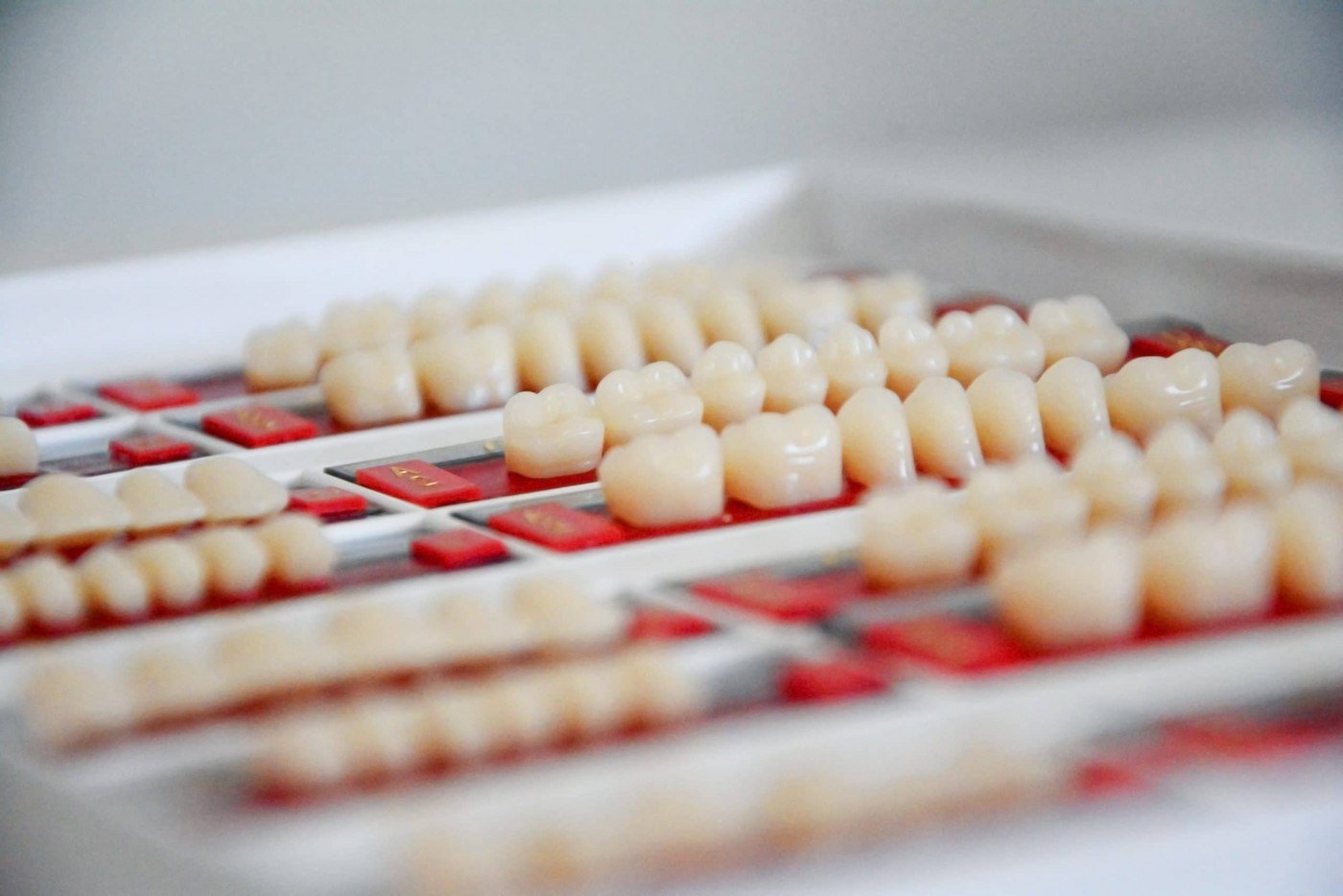What are the different types of NPI numbers?


At Dental Claim Support, we work with many kinds of dental offices around the United States, all shapes and sizes. In our experience working with so many dental offices, we’ve seen NPI numbers be the reason for payment delays in the billing process. This can especially happen with start-up offices or offices adding providers.
In this article, you will learn what an NPI number is, the various types of NPI numbers, and how NPI numbers can affect your claim payments. By reading this article, you will be better educated on the importance of NPIs and what they mean to the overall success of your practice.
What is an NPI number and why must I have one?
A National Provider Identifier (NPI) is a unique,10-digit identification number for individual healthcare providers and organizations such as dental practices. NPI numbers are assigned by the Centers for Medicaid and Medicare (CMS) and are used to identify an individual healthcare provider (NPI 1) and billing entities or dental practices (NPI 2)
Put it this way, anyone can technically say he or she is a doctor. You need proof though, right? Aside from a medical degree, an NPI number solidifies this claim, and validates that practitioner with a 10-digit number that can be found on a legit and bonafide national database.
The Administrative Simplification provisions of the Health Insurance Portability and Accountability Act of 1996 (HIPAA) mandated the adoption of a standard, unique health identifier for each health care provider, thus the NPI number satisfies this provision. Health care providers, all health plans, and clearinghouses must use NPI numbers in the administrative and financial transactions adopted under HIPAA.
What’s extremely important is HIPAA requires all healthcare providers to obtain a National Provider Identifier (NPI) for use when filing insurance claims.
What are the two types of NPI numbers?
There are two types of NPI numbers. An NPI type 1 identifies the individual healthcare provider and an NPI type 2 identifies the billing entity (i.e., dental practice).
- NPI type 1: Identifies an individual healthcare provider, such as a doctor or dentist. In addition to being used for medical and dental claims processing it is used by pharmacies to identify the prescribing doctor.
- NPI type 2: Identifies an organization or billing entity, such as a dental clinic, practice, corporation, hospital, or dental school. An organization may be a partnership, sole proprietorship, or LLC. A myth is that a type 2 is only necessary when the organization is incorporated.
Once an NPI number is assigned, it will not change or expire. However, it is important to note that CMS requires you or your billing entity to update any changes within 30 days of the change. Typical changes would be things such as provider name change (maybe your doctor got married), primary practice location and taxonomy code (i.e., change from a general dentist to a periodontist).
For help with credentialing and NPI information, schedule a call now with our team.
Typically, an NPI type 1 is obtained while in dental school and once you are out practicing, you’ll need to change information. Failure to update any changes will result in claim payment delays.
There is much confusion over the difference between an NPI type 1 and NPI type 2 number. It is important to understand the difference and report them correctly when submitting dental claims. Incorrect use of NPI type numbers or the absence of an NPI type 2 number can cause payment delays and in some cases, the payment may be sent to the insured, not the provider.
How do I obtain an NPI type 2 number?
The most efficient method of obtaining an NPI number is online. Whether you are seeking to obtain a type 1 or type 2 NPI number, the process is the same.
Not only is the NPPES online application easy to complete and submit but you will receive your NPI number faster than using a paper application and mailing it. When submitting an online application you will usually receive your NPI number within 5 to 10 days of application submission.
Can the use of NPI numbers affect my collections?
From this article, you’ve learned exactly what an NPI number is and its importance. Already mentioned are that NPI numbers can affect if a claim payment is even made or where a claim payment is sent. Does this affect your collections? It sure does!
How? It has everything to do with how an NPI number is reported on a claim form.
It’s imperative to understand how to report the correct NPI number on a claim form. Where does the NPI number go on a claim form? How does your dental team know which NPI to report on the claims form? Is it type 1 or type2?
For help with credentialing and NPI information, schedule a call now with our team.
Don’t let small mistakes keep you from an improved collections percentage
Don’t lose out on easy claim payments. Understanding how you report NPI numbers on claim forms will train your dental team on how to properly introduce a new doctor to your practice. Also, your team will know how to properly set your claim forms up for success if you are a new doctor starting up your own dental practice. Education on these tedious tasks can save you time and money. Continue your dental billing educational journey with us by reading How to Report NPI Numbers on Claim Forms.
Related Posts
Dental revenue resources from Dental Claim Support

